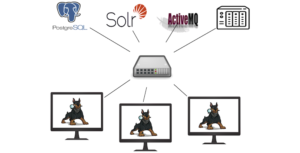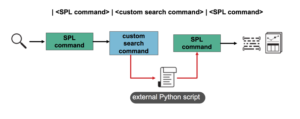
In this universe of ever-changing landscapes and unlimited hackers, defenders are searching for a hero to help defend the Kubernetes universe. To paraphrase Nick Fury, we need to assemble a group of remarkable tools who can work together to fight battles the vulnerable apps can’t. In this blog post, we are going to assemble our own Avengers team using Cilium and Tetragon to defend the Damn Vulnerable Web Application (DVWA) against the unearthly invaders, rendering it almost unhackable. Tetragon + Cilium will provide process, file, HTTP, and network-based defenses to thwart the known evil OWASP’s top 10. DVWA is a web app that was intentionally designed to be vulnerable to OWASP’s top 10 as a training resource. Lastly, I will end with a director’s commentary on my opinions to integrate Cilium + Tetragon in an enterprise and some ideas to close the gap between developers and security.


















